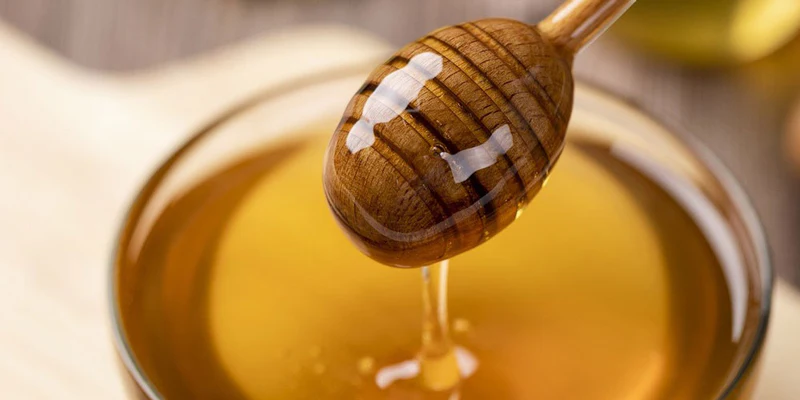Honey’s journey from bee to bottle fascinates many U.S. consumers. Each honey type, like clover or tupelo honey, follows a unique path shaped by nature and beekeeping. Understanding this process reveals what makes your favorite honey special. Let’s trace the steps and explore how different varieties reach your table.
The Role of Bees in Honey Production
Bees start the process by collecting nectar from flowers. They store it in their honey stomachs, where enzymes break down sugars. Back at the hive, they pass nectar to other bees, who chew it to reduce moisture. This creates raw honey. In the U.S., bees pollinate diverse flowers, from clover in North Dakota to tupelo in Florida, shaping each honey’s flavor.
Harvesting Honey: Beekeepers’ Craft
Beekeepers harvest honey with care. They wait until frames in the hive are capped with wax, signaling ripeness. Using a smoker to calm bees, they remove frames. A spinning extractor separates honey from the comb. In the U.S., small-scale beekeepers in states like Michigan often leave enough honey for bees to survive winter. This ethical practice ensures hive health.
Processing Honey for Different Types
Processing varies by honey type. Raw honey, like wildflower, is strained to remove debris but retains pollen. Clover honey, popular in the U.S., may be pasteurized to kill bacteria and extend shelf life. Specialty honeys like tupelo are minimally processed to preserve their delicate flavor. Manuka honey undergoes testing for MGO levels, ensuring medicinal quality. Each type requires specific care.
Bottling and Quality Control
Honey is bottled after processing. Beekeepers filter it to remove impurities while preserving quality. They test for moisture content to prevent fermentation. Labels indicate the honey type and origin, helping U.S. consumers choose. Some add certifications like USDA Organic. Bottling ensures honey stays fresh for years, thanks to its natural preservatives.
Regional Differences in the U.S.
Honey production varies across the U.S. North Dakota leads with clover and wildflower honeys, thanks to vast fields. Florida’s Apalachicola region produces rare tupelo honey from swampy forests. California’s orange blossom honey reflects citrus groves. Each region’s climate and flora create unique varieties. Local sourcing connects you to these flavors.
Challenges in the Journey
Beekeepers face hurdles. Pests like Varroa mites harm hives, reducing yields. Climate change affects flower blooms, impacting nectar availability. In the U.S., competition from cheap imports pressures local producers. Adulteration with syrups threatens quality. Supporting U.S. beekeepers ensures the journey from bee to bottle remains sustainable.
Why Your Favorite Honey Matters
Your favorite honey reflects its journey. Clover honey’s mild sweetness suits baking, while tupelo’s floral notes elevate gourmet dishes. Knowing its path helps you appreciate its value. In the U.S., choosing local honey supports beekeepers and ensures purity. Enjoy your favorite type with a deeper understanding of its story.
Frequently Asked Questions
1. How is honey made from bees?
Bees collect nectar, break it down with enzymes, and store it in hives until it becomes honey through evaporation.
2. What’s the difference between raw and processed honey?
Raw honey retains pollen and enzymes, while processed honey is heated and filtered, losing some nutrients.
3. Where does most U.S. honey come from?
North Dakota leads production, but regions like Florida and California offer specialty varieties like tupelo and orange blossom.
